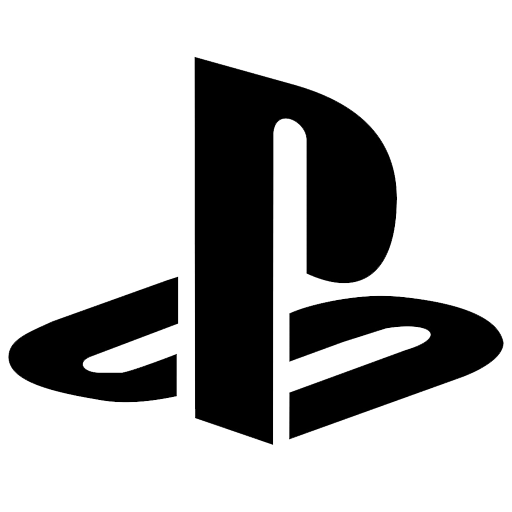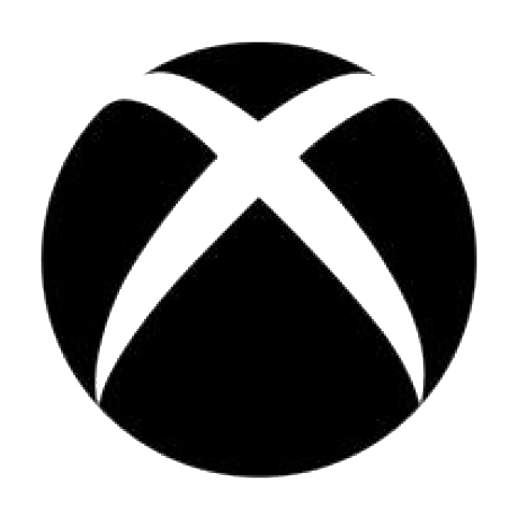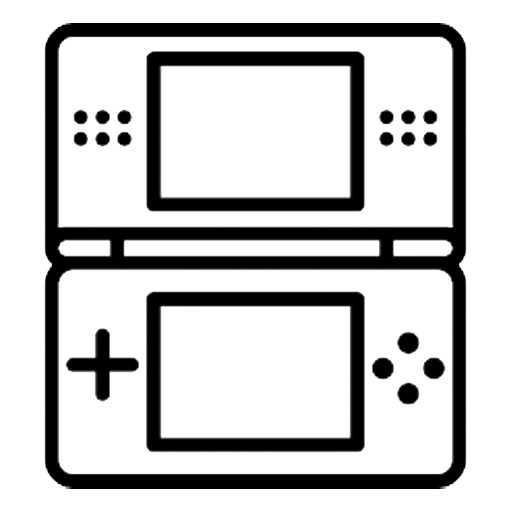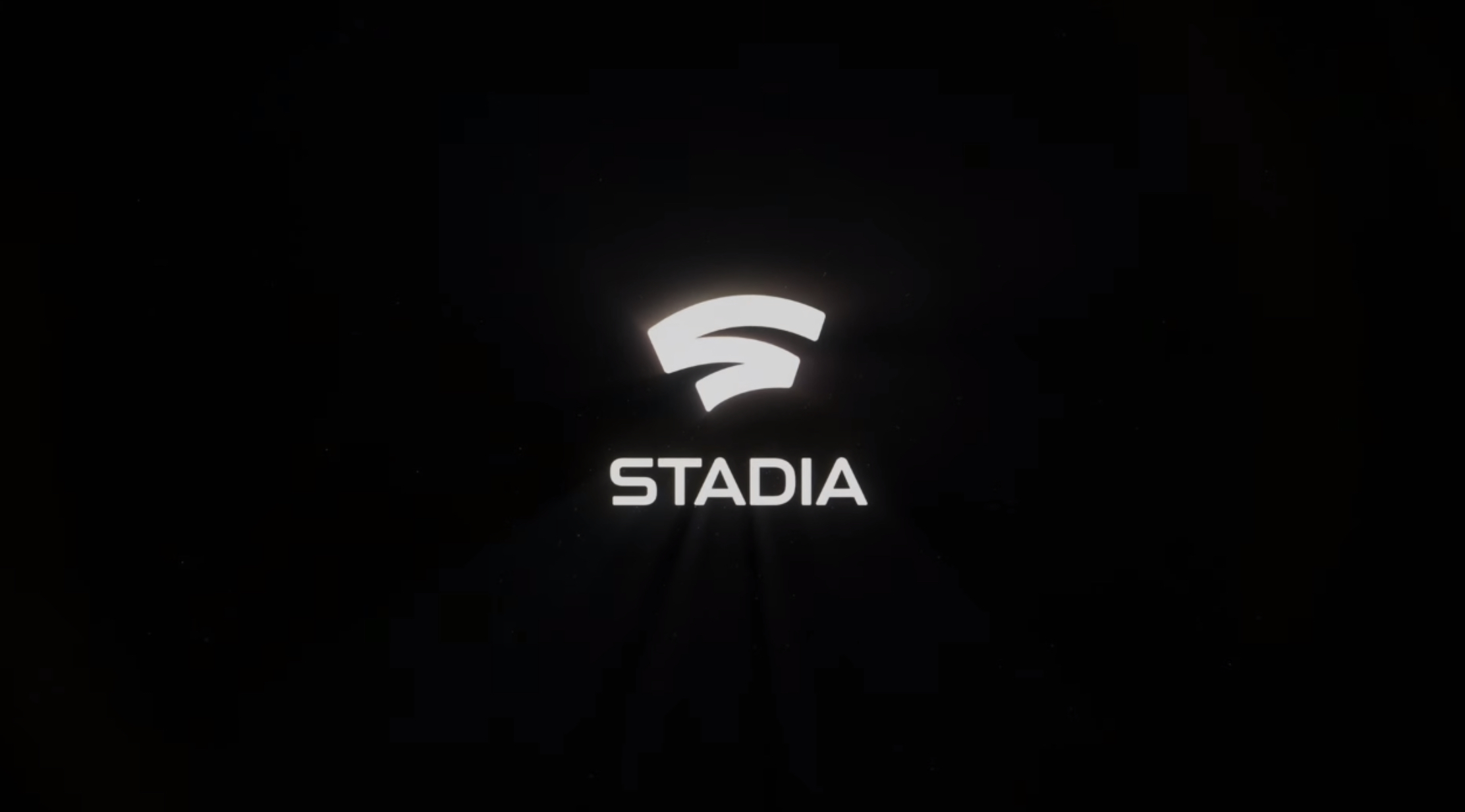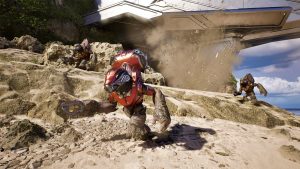Google is betting the farm on game streaming being the future of gaming. They have announced Stadia, their next generation gaming platform, and they have emphatically stated multiple times that it will be streaming-only, that there won’t be any local hardware at all.
Streaming has the potential to deliver far better games and possibilities for players and developers alike, according to Google’s VP Phil Harrison, who is leading their Stadia efforts. Harrison, a veteran of the games industry who has previously worked with PlayStation and Xbox, revealed in an interview with PC Games N that streaming has the possibility to deliver games far beyond anything local hardware can on any level.
“When you have an almost uncapped amount of computation sitting in a data centre that you can use to support your game design and ambition – whether it’s in vastly superior multiplayer, whether it’s in distributed physics, or massive simulation – there are things we can do inside a data centre that you could never do inside a discreet, standalone device,” he said.
“We think that developers will get excited about some really rather mundane things that will actually have a huge impact on performance and scalability. If you want it you’ve got, effectively, petabytes of storage for your game locally – very, very fast storage – so that means you could create a simulation or a database that is vastly more complex.
“If a developer can look at the resources that we can bring to bear on a game they can go orders of magnitude greater in terms of every player inside a world having a persistent memory that lasts over the entire span of the game. You could have tens of thousands of NPCs, all of whom have a complex relationship with each other and with the player – and it’s persistent. That requires a huge amount of local database that you can’t do in a discrete, standalone machine.”
Unlike the rest of his marketing shtick, which I have been very skeptical of, I actually have to agree with what he is saying here—in a sense, in theory. Knowing you don’t have hardware limits, and that resources are scalable as and when you want, can be liberating for a creator and an artist. It can deliver, potentially, far more interesting games. However, of course, streaming has its own pitfalls, such as something as basic as latency and input lag, which are limitations creators have to design around. So it’s still a trade-off.
Let’s see how Google attempts to counter these shortcomings.

